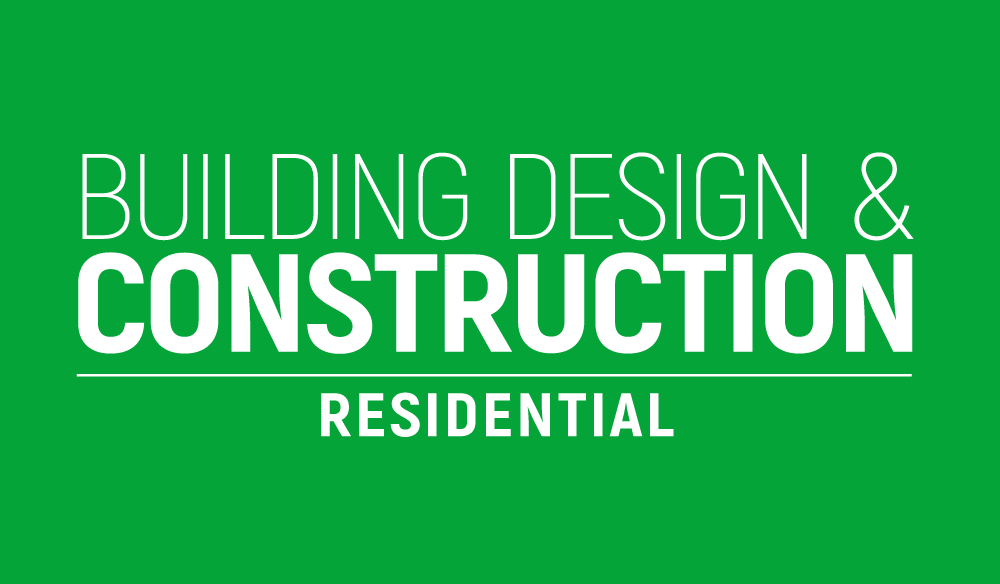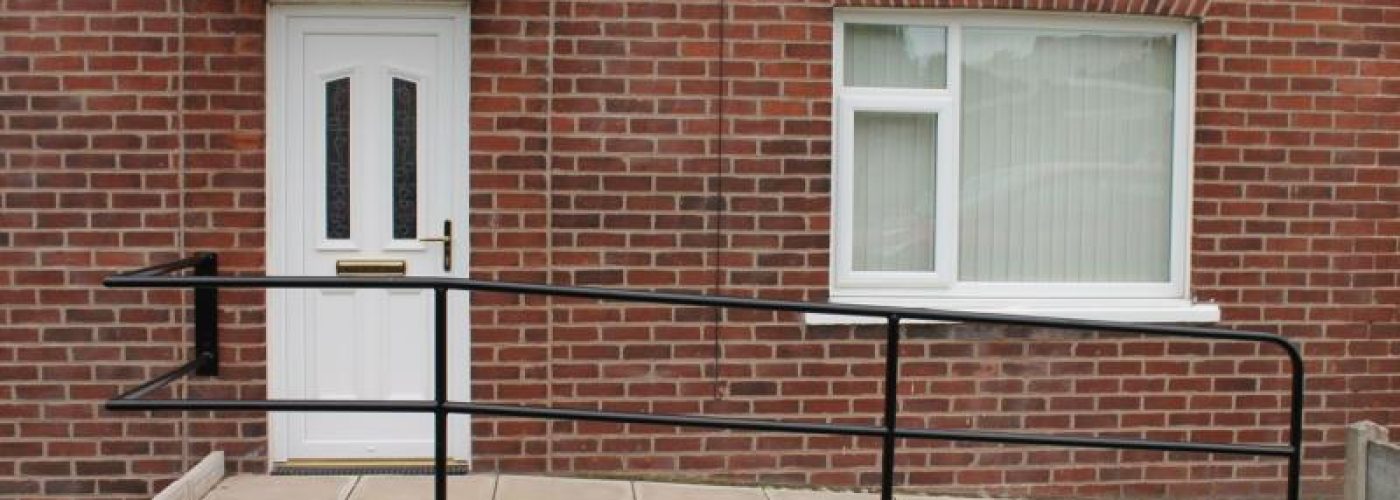Cost comparisons by Habinteg Housing Association of grab rail, stairlift and wet room home adaptations show that people living in an M4(1) visitable dwelling who need to carry out such adaptations could be almost £27,000 worse off compared to those living in an accessible and adaptable M4(2) home.
Families and individuals could be forced to spend savings to privately fund essential adaptation whilst Local Authorities would be picking up the bill for those who do not have savings through a Disabled Facilities Grant (DFG).
With Government allocating £625 million to Local Authorities’ DFG funds in 2024/25 (185% more than 10 years ago), unless homes are designed to be more adaptable from the outset, Councils are set to face increasing pressure on home adaptation grants as the population ages and disability rates rise1.
This is one reason why Habinteg is urging the Government to make the M4(2) accessible and adaptable standard the baseline for all new homes in England, and to immediately hold the one short consultation with industry stakeholders on the implementation details to make it happen.
If it does not, its pledge to deliver 1.5 million homes this parliamentary term could see the country’s housing crisis worsen for future households that include disabled and older people.
Currently:
- 1.8 million people in the UK need an accessible home (Habinteg: The Hidden Housing Market) .
- Only 91% of homes currently provide the four main features for the lowest level of accessibility – a home that is ‘visitable’. (English Housing Survey) This type of home offers some basic accessibility features and fails to guarantee true ‘visitability’ to all, and the adaptability that many households will need over their lifetimes.
- Since the plan to amend building regulations was announced in July 2022 approximately 75% of homes that have received planning permission will be built to the current baseline, the visitable standard, missing an opportunity to future-proof them through the M4(2) accessible and adaptable standard. (Habinteg: Forecast for Accessible Homes 2020).
Habinteg’s price comparison illustrates that the cost of adapting an older or M4(1) home, for a person who may need one or all three of the most common adaptations, could cost almost £27,0002.
In a typical scenario, a bathroom grab rail can cost over £270 to install in an older home. As the property’s wall may be too weak to mount a grab rail, the work would include wall strengthening.
For an M4(2) property – which already has walls capable of supporting a grab rail – a builder could install the grab rail at a more affordable cost of around £125.
If someone needs a stairlift, it can cost between £9,000 – £10,000 to install one in an M4(1) home, depending on the design of the stairs. An M4(1) property is likely to have steeper and narrower or curved staircase.
Whereas the cost of fitting a stairlift in an accessible and adaptable home would average between £2500-£4000.
In some older homes stair lifts are not possible to fit, due to the narrowness of the stairs or other prohibitive design issues, in which case a through-floor lift is needed which can cost between £18,000 and £20,000.
Meanwhile, converting an entry level WC to a wet room – completing all the structural and plumbing work needed – would typically cost at least £6500 in an M4(1) home.
In contrast, adapting the same room in an accessible and adaptable home (using the pre-existing drainage) could be close to £1,800 cheaper, with less work required, making it 37 per cent cheaper to adapt than an M4(1) home.
Disability Activist and wheelchair user Kerry Thompson said: “We’re living in a society where individuals are living longer, with a life expectancy in England of 79 years for males and 83 years for women. Add appropriate housing to that and it can dramatically improve a disabled or older person’s ability to live independently. We know that those with homes that do meet their accessibility needs also report improved health and well-being.
“And, having the right adaptations to a home that is already accessible and adaptable can create significant savings to the public purse, reducing social care costs for local authorities and health costs for the NHS.
“I urge everyone to think for just a few seconds of the type of future disabled and older people face if the M4(2) standard is not implemented now. Very few of us have the income or savings necessary to afford the kind of adaptations needed to an older or M4(1) home. The DFG isn’t an endless pot.”
Christina McGill, Habinteg’s Director of Social Impact & External Affairs, said: “Almost 80% of disabled people acquire their impairment after the age of 16, so the accessibility and adaptability of new homes is critical if they are to be fit for purpose for the whole population. Our simple cost comparisons show it’s much cheaper to adapt an M4(2) accessible and adaptable home, making this standard fantastic value for money.
“We should also remember that M4(2) homes are not specialist, they are designed to be inclusive, welcoming and easy to live in for everyone, whether it be a young person starting out, a family with young children or older people in retirement.
“So, as the Labour Government embarks on its ambitious house-building program, we urge them to prioritise accessibility and adaptability in all new homes.
“Bringing in the accessible and adaptable standard, now, for all new homes built in England will ensure that our housing stock is fit for the future and will send a strong message that the health and wellbeing of all citizens is being prioritised.”
Building, Design & Construction Magazine | The Choice of Industry Professionals





